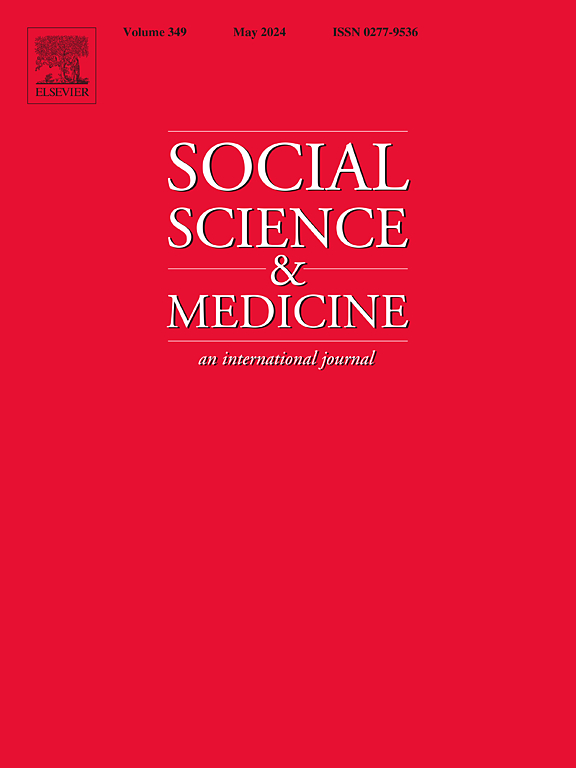改进人类情感的数字测量方法:以疼痛为例。
IF 5
2区 医学
Q1 PUBLIC, ENVIRONMENTAL & OCCUPATIONAL HEALTH
引用次数: 0
摘要
数字自我报告量表广泛应用于经济学、心理学和医学,用于量化主观感受,从生活满意度到疼痛体验。这些量表经常因缺乏客观基础而受到批评,并以经验表现为理由进行辩护。我们专注于疼痛测量的情况,其中现有的自我报告测量是主力,但已知不准确且难以在个体之间进行比较。我们提供了一种新的测量方法,受到标准经济启发方法的启发,用货币来量化急性疼痛的负价值,使其在个体之间具有可比性。在三个预注册的研究中(在2022年6月7日至9月26日之间完成),330名健康参与者在双盲接受局部镇痛药或安慰剂后,被随机分配接受高疼痛刺激或低疼痛刺激或高疼痛刺激。在所有三项研究中,新的测量方法在区分参与者是否处于更痛苦的状态方面大大优于现有的自我报告量表,正如效应大小、贝叶斯因素分析和基于回归的预测所证实的那样。我们的结论是,标准的经济方法可以极大地改善个体经历疼痛的测量。新的测量方法可以用于实验研究和随机平行分配临床试验,并为疼痛管理的潜在改进打开了大门。本文章由计算机程序翻译,如有差异,请以英文原文为准。
Improving numerical measures of human feelings: The case of pain
Numerical self-report scales are extensively used in economics, psychology, and medicine to quantify subjective feelings, ranging from life satisfaction to the experience of pain. These scales are often criticized for lacking an objective foundation, and defended on the grounds of empirical performance. We focus on the case of pain measurement, where existing self-reported measures are the workhorse but known to be inaccurate and difficult to compare across individuals. We provide a new measure, inspired by standard economic elicitation methods, that quantifies the negative value of acute pain in monetary terms, making it comparable across individuals. In three preregistered studies (completed between June 7th to Sept 26th, 2022), 330 healthy participants were randomly allocated to receive either only a high- or only a low-pain stimulus or a high-pain stimulus after having double-blindly received a topical analgesic or a placebo. In all three studies, the new measure greatly outperformed the existing self-report scales at distinguishing whether participants were in the more or the less painful condition, as confirmed by effect sizes, Bayesian factor analyses, and regression-based predictions. We conclude that standard economic methods can greatly improve the measurement of experienced pain across individuals. The new measure can be used in experimental studies and random parallel-assignment clinical trials, and opens the door to potential improvements in pain management.
求助全文
通过发布文献求助,成功后即可免费获取论文全文。
去求助
来源期刊

Social Science & Medicine
PUBLIC, ENVIRONMENTAL & OCCUPATIONAL HEALTH-
CiteScore
9.10
自引率
5.60%
发文量
762
审稿时长
38 days
期刊介绍:
Social Science & Medicine provides an international and interdisciplinary forum for the dissemination of social science research on health. We publish original research articles (both empirical and theoretical), reviews, position papers and commentaries on health issues, to inform current research, policy and practice in all areas of common interest to social scientists, health practitioners, and policy makers. The journal publishes material relevant to any aspect of health from a wide range of social science disciplines (anthropology, economics, epidemiology, geography, policy, psychology, and sociology), and material relevant to the social sciences from any of the professions concerned with physical and mental health, health care, clinical practice, and health policy and organization. We encourage material which is of general interest to an international readership.
 求助内容:
求助内容: 应助结果提醒方式:
应助结果提醒方式:


